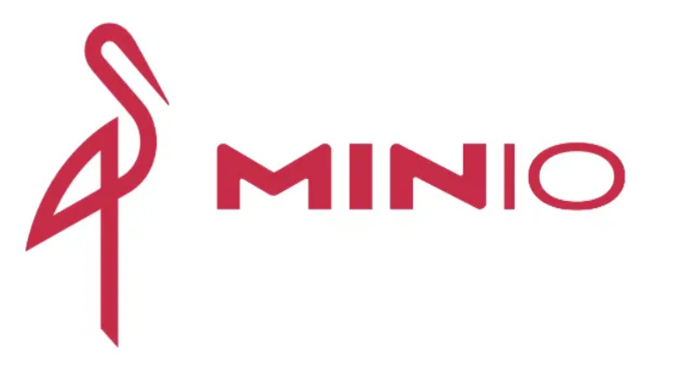Advanced Minio Configuration: Encryption, Access Control and Logging

Minio is an open-source object storage server compatible with Amazon S3, designed for high performance and large-scale data storage. While Minio's default configuration is suitable for most use cases, advanced configurations can enhance performance, security, and scalability. This article explores several advanced Minio configuration options, including distributed setups, server-side encryption, access control, and logging.
This article is part of Mino tutorial series.
Distributed Minio Setup
A distributed Minio setup allows you to create a highly available object storage system. This configuration spreads data across multiple nodes, ensuring redundancy and fault tolerance.
Setting Up Distributed Minio
1. Prerequisites:
- Multiple servers (nodes) with Minio installed.
- Network connectivity between nodes.
2. Configuration:
Start Minio on each node with the following command, replacing <node1> through <node4> with the actual IP addresses or hostnames of your nodes:
minio server http://<node1>/data http://<node2>/data http://<node3>/data http://<node4>/dataThis command configures a 4-node distributed Minio setup where /data is the storage directory on each node.
3. Advantages:
- High Availability: If one node goes down, data is still accessible from other nodes.
- Scalability: Easily add more nodes to expand storage capacity.
Server-Side Encryption
Minio supports server-side encryption to protect data at rest. You can configure Minio to use SSE-S3 (server-side encryption with S3-managed keys) or SSE-C (server-side encryption with customer-provided keys).
Enabling Server-Side Encryption:
1. SSE-S3:
Minio manages the encryption keys. To enable, simply set the environment variable MINIO_KMS_SECRET_KEY:
export MINIO_KMS_SECRET_KEY="my-secret-key"
2. SSE-C:
The client manages the encryption keys. When uploading an object, include the encryption headers:
mc cp --encrypt-key "mybucket/myobject=my-secret-key" myfile.txt myminio/mybucket/myobject
3. Advantages:
- Security: Data is encrypted at rest, protecting it from unauthorized access.
- Compliance: Meets regulatory requirements for data encryption.
Access Control
Minio provides fine-grained access control using policies and Identity and Access Management (IAM). You can define policies to control access to buckets and objects.
Configuring Access Control:
1. Create a Policy:
Define a policy in JSON format
{
"Version": "2012-10-17",
"Statement": [
{
"Effect": "Allow",
"Action": ["s3:GetObject"],
"Resource": ["arn:aws:s3:::mybucket/*"]
}
]
}Save this policy as read-only.json.
2. Apply the Policy:
Use the mc client to apply the policy to a user or group:
mc admin policy add myminio read-only read-only.json
mc admin policy set myminio read-only user=myuser
3. Advantages:
- Security: Control who can access specific buckets and objects.
- Flexibility: Create custom policies tailored to your needs.
Logging and Monitoring
Logging and monitoring are crucial for maintaining and troubleshooting Minio deployments. Minio supports detailed logging and integrates with popular monitoring tools.
Setting Up Logging
1. Enable Logging:
Configure Minio to log to a file:
export MINIO_HTTP_TRACE=/path/to/logfile
minio server /data
2. Integrate with Monitoring Tools:
Minio supports Prometheus for monitoring. Enable Prometheus metrics:
export MINIO_PROMETHEUS_AUTH_TYPE="public"
minio server /dataAccess Prometheus metrics at http://<minio-server>:9000/minio/v2/metrics/cluster
3. Advantages:
- Troubleshooting: Detailed logs help identify and resolve issues.
- Performance Monitoring: Monitor resource usage and performance metrics.
Conclusion
Advanced Minio configurations can significantly enhance the functionality, security, and performance of your object storage system. Whether setting up a distributed environment for high availability, enabling server-side encryption for data protection, configuring fine-grained access control, or implementing robust logging and monitoring, these configurations help you get the most out of your Minio deployment. By leveraging these advanced features, you can build a more secure, scalable, and efficient storage solution tailored to your specific needs.

